
ARCO Building: Tulsa’s River of Marble
The ARCO Building in downtown Tulsa has seen oil booms, law lectures, and decades of change. Discover its Streamline Moderne design, Arkansas River–inspired details, and remarkable restoration into the ARCO Apartments.
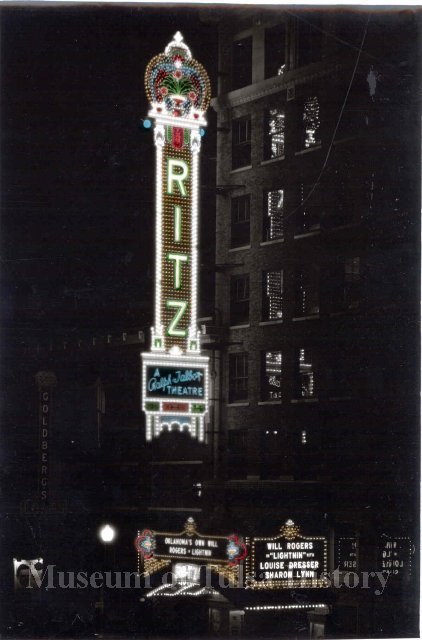
Good Design, Done Right: Remembering Edward W. Saunders
The legacy of Tulsa architect Edward W. Saunders, a quiet master of both historic revival and Art Deco design. From the Mission-style Kerr House to the Deco storefronts along Route 66, Saunders helped shape Tulsa’s environment across decades. Learn how his work bridges eras, and why many of his structures still stand strong in 2025.

The Pythian: Built for the Boom, Abandoned by the Bust
Planned as a 13-story Art Deco tower in the heart of Tulsa, the Gillette-Tyrell Building was halted at just three floors when the 1929 stock market crash brought construction to a standstill. Designed by architect Edward W. Saunders, this unfinished landmark, now known as the Pythian Building, remains a striking reminder of Tulsa’s oil-era ambition and architectural innovation.

Skylines and Cigar Smoke: The Rise, Fall, and Rebirth of Tulsa’s Most Storied Club
The Tulsa Club Building, once the heartbeat of high society in downtown Tulsa, embodies the city’s rise during the oil boom and its commitment to architectural excellence. Designed in 1927 by Bruce Goff, the structure is a standout example of Zigzag Art Deco style, featuring ornate stonework, a rooftop Sky Terrace, and lavish interior amenities. After decades of abandonment and decay, the building was fully restored and reopened in 2019 as the Tulsa Club Hotel. Its transformation from exclusive social club to modern boutique hotel illustrates the power of preservation and adaptive reuse in revitalizing historic urban landmarks.
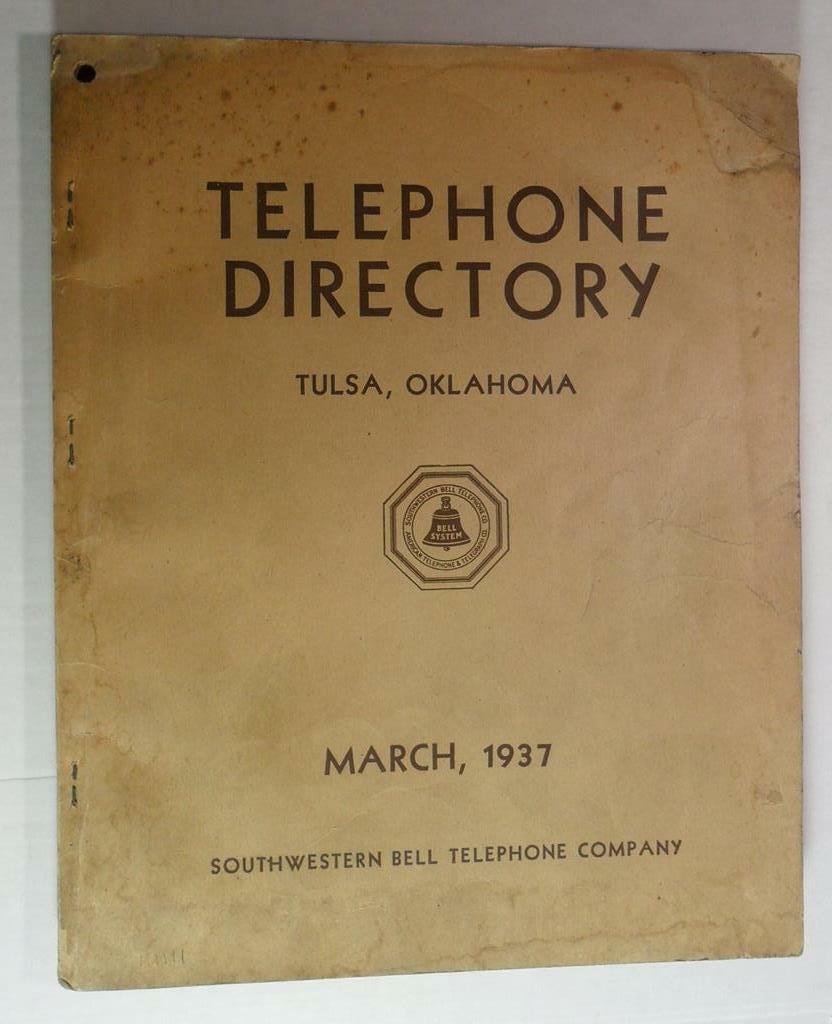
Bridging Eras: Tulsa’s Southwestern Bell Main Dial Building and the Architecture of Modern Communication
Historic 1924 Southwestern Bell Main Dial Building in Tulsa, OK—Florentine Revival base with 1930 Art Deco addition marking telecom modernization.
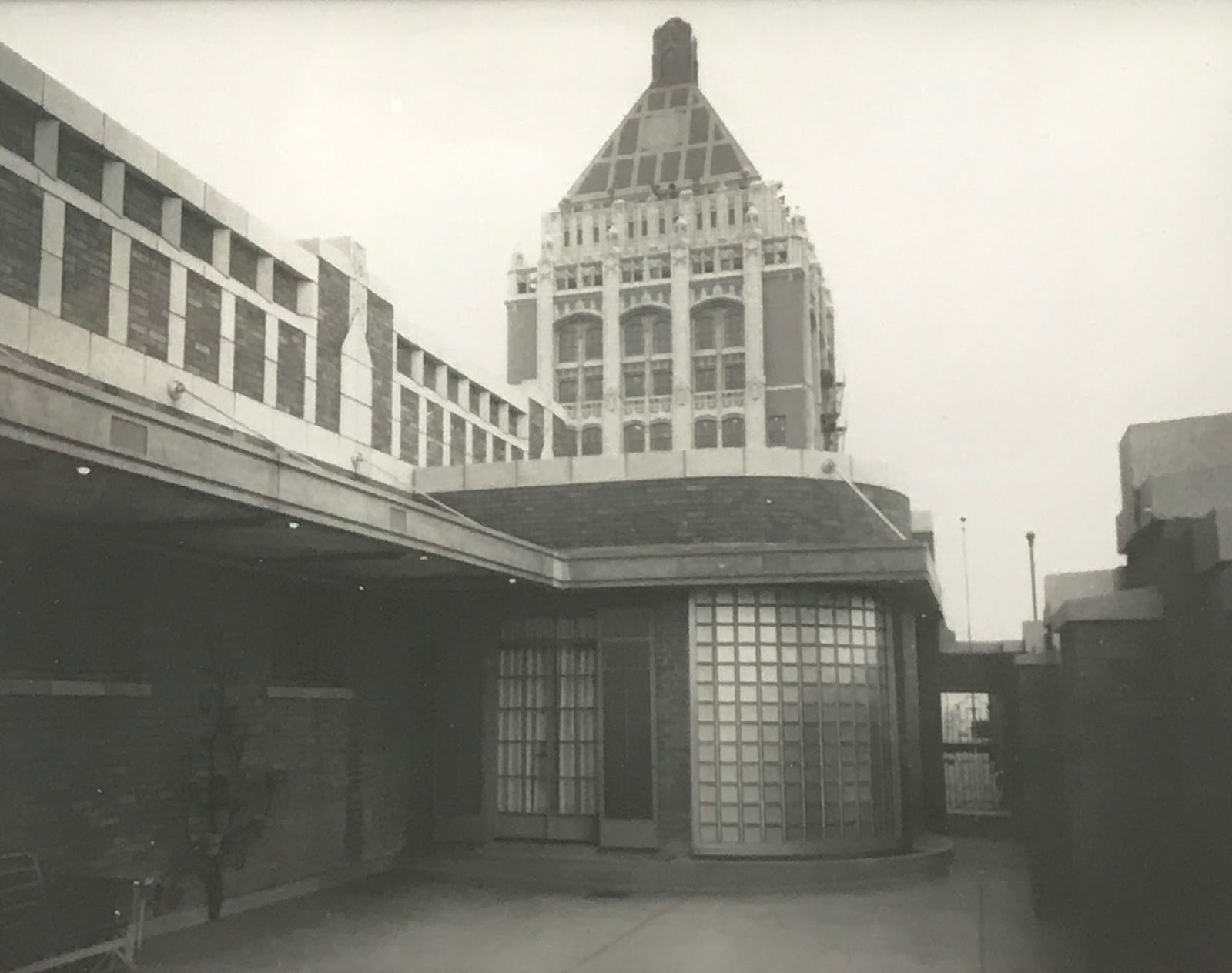
Blueprint for a City: How W.R. Grimshaw Helped Shape Tulsa
Discover the story of W. R. Grimshaw, the builder who helped shape Tulsa’s skyline. From the Philcade penthouse to the University Club Tower, his work spans decades of architectural and civic transformation. His legacy lives on in the structures we still walk through, live in, and admire today.
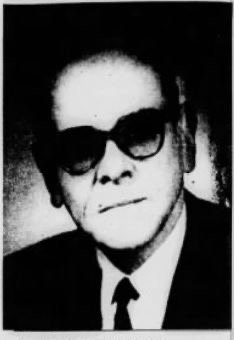
Leon B. Senter: Shaping the Modern Midwest
Leon B. Senter helped usher Oklahoma into the modern age through Art Deco and public architecture. From the Philcade and Union Depot to his leadership as State Architect, his legacy helped shape the very look and feel of Tulsa.
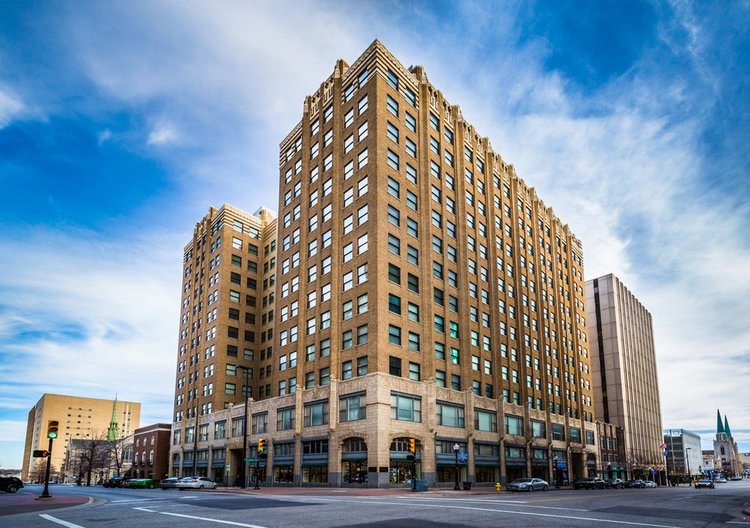
Built to Impress: The Philcade's Rise and Legacy
Discover the hidden stories etched into Tulsa’s skyline. The Philcade Building is a dazzling example of Zigzag Art Deco, complete with Egyptian-inspired columns, terra cotta animals, and a secret tunnel. Explore how this 1931 masterpiece blended glamour, innovation, and oil-boom ambition—all without stepping inside.

Bruce Goff: A Visionary Architect Who Shaped Tulsa's Art Deco Legacy
Bruce Goff, a bold innovator in American architecture, played a key role in defining Tulsa’s Art Deco identity. From his early designs to his lasting influence on the city’s skyline, Goff’s visionary work helped shape Tulsa into one of the nation’s most distinctive architectural destinations.

The Golden Era of Tulsa: Why Art Deco Took Root Here
During the roaring oil boom of the 1920s and ’30s, Tulsa transformed into a showcase of Art Deco elegance. Discover how ambition, wealth, and design shaped one of America’s most striking architectural cities.

The Origins of Art Deco: Tracing Its Roots from Early 20th-Century France to Global Prominence
Discover the fascinating origins of Art Deco, from its roots in early 20th-century France to its rise as a global design phenomenon. Explore how this modernist style influenced architecture, fashion, and art around the world.

